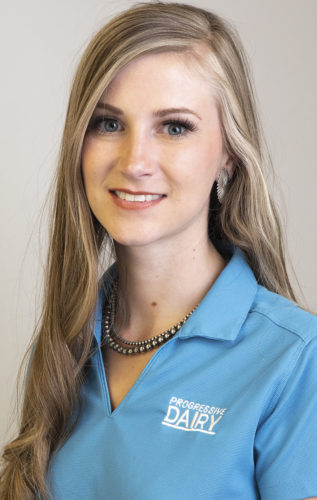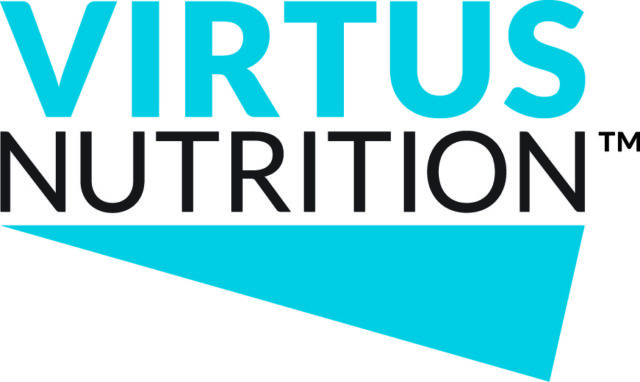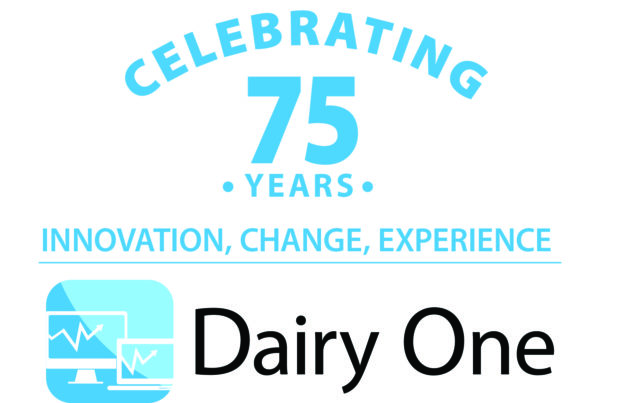When she was offered the full-time milk tester job in high school, Becky Cook from Blackfoot, Idaho, turned it down. Little did she know that years down the road she would find herself milk testing for Madison County DHIA.
She says the overall success of milk testing depends on record keeping because it is another form of information to help producers make management decisions on culling, feeding and udder health. She shares the five things she wants producers to know for successful milk testing visits.
1. Good farm management requires having an accurate and useful set of farm records. Good records do not ensure a farm will be successful; however, success is unlikely without them. “Records are vital. This seems like common sense to me, but I am amazed at how many dairymen don’t keep records on their cows,” Cook says. “If a producer doesn’t know his cows, then it doesn’t do any good to receive milk testing information.”
2. Ear tags help producers keep accurate records by ensuring the traceability of a cow and tracking a variety of critical information about each member of the herd. “Ear tags are imperative. It doesn’t help a producer in the least to know that the big black cow gave the most milk in a herd if he doesn’t have any idea which cow it is,” Cook says.
3. Producers of high-quality milk know that a consistent method of pre-milking udder hygiene and the uniform attachment of milking machines are important. The objective of milking management is to ensure that the teat cups are applied to visibly clean, well-stimulated teats and milk is rapidly and efficiently collected. “Cleanliness is something that needs to be taught in the barn,” Cook says. “Even a little bit of manure will mess up your test numbers.”
4. Kindly let your milk tester know where the bathroom facilities are. Cook explains that often barns are hot and humid, and she is drinking water to stay hydrated. “As one human being to another, milk testers often only have a short period of time between sets of cows,” Cook says. “Sometimes those few moments are precious. We don’t want to use them looking for the facilities.”
5. It is helpful to have someone extra in the milking parlor who knows the cows to help with cow identification. For example, even if an ear tag is missing on a cow, the person knows exactly which one it is. “An extra person in the barn to help with cow identification is nice, especially if it is a large herd and the barn is efficiently moving them through,” Cook says. PD
Audrey Schmitz is a 2016 Progressive Dairyman editorial intern.
PHOTO: Idaho milk tester Becky Cook encourages dairy producers to keep accurate and updated farm records and follow proper milking protocols. Photo by Audrey Schmitz.







